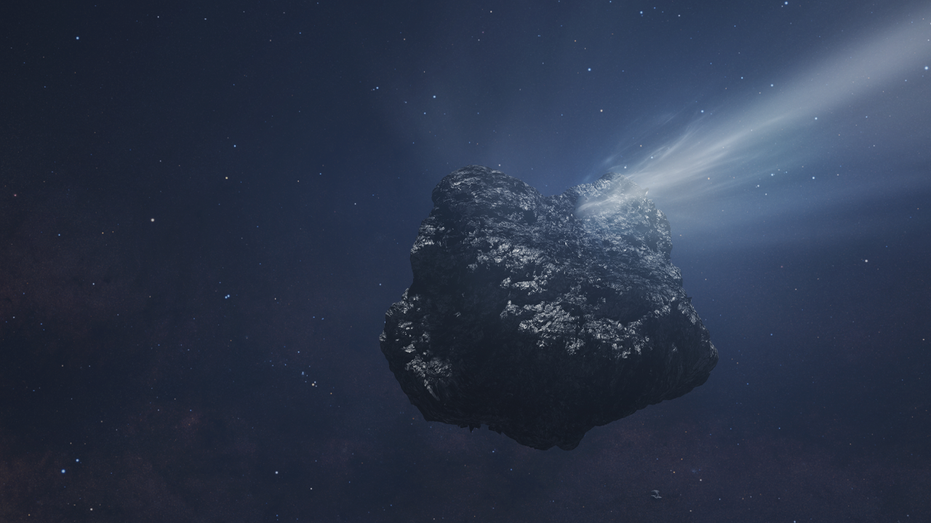
WWW.FOXNEWS.COM
Astronomers make groundbreaking discovery about largest comet ever observed flying through deep space
A groundbreaking discovery was recently made about the largest comet ever observed hurtling toward the sun from the Oort Cloud in the outer reaches of our solar system.Astronomers recently got a close-up look at the comet, known as C/2014 UN271, flying through deep space with the powerful Atacama Large Millimeter/submillimeter Array (ALMA) radio telescope in Chile.The icy giant is 85 miles across and is more than 10 times the size of any known comet, according to the National Radio Astronomy Observatory (NRAO).The NRAO reported that astronomers found that new observations from the comet showed jets of carbon monoxide gas erupting out from the comets solid icy core.SCIENTISTS DETECT MYSTERIOUS RADIO WAVES COMING FROM BENEATH ANTARCTICA'S ICEUsing the ALMA, the researchers found the comet in deep space near Neptune or about 17 times the distance between the Sun and Earth, according to a release from NRAO.Using the ALMA telescope's high sensitivity and resolution, the researchers were able to focus on the carbon monoxide and heat being emitted from the comet.POTENTIAL DISCOVERY OF NEW DWARF PLANET ADDS WRINKLE TO PLANET NINE THEORYNathan Roth of American University and NASA Goddard Space Flight Center, the lead author of the study, which was published in the Astrophysical Journal Letters, discussed how this gives researchers insight into the workings of this frozen rock hurtling through space."These measurements give us a look at how this enormous, icy world works," Roth said. "Were seeing explosive outgassing patterns that raise new questions about how this comet will evolve as it continues its journey toward the inner solar system."Using previous ALMA observations and these newest findings, researchers were able to measure the comet. They measured the thermal signal to find the comet's size and amount of dust surrounding its core.Researchers believe that as C/2014 UN271 gets closer to the sun, they will see more frozen gas begin to vaporize off the titan of a comet. This could possibly give researchers more information about the primitive makeup of this icy giant.The researchers also hope that this will give a better understanding of the makeup of the solar system.
0 Μοιράστηκε
18 Views
0 Προεπισκόπηση




